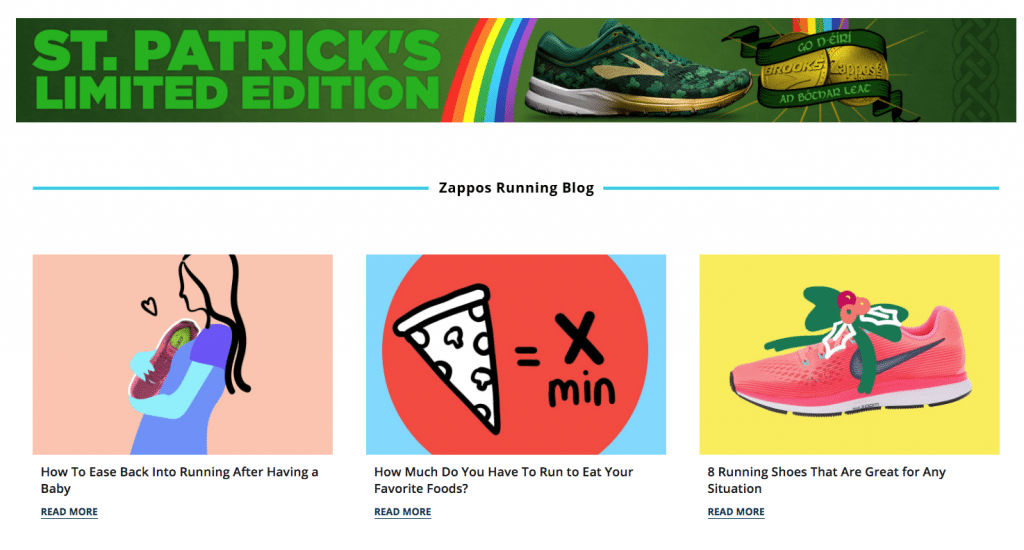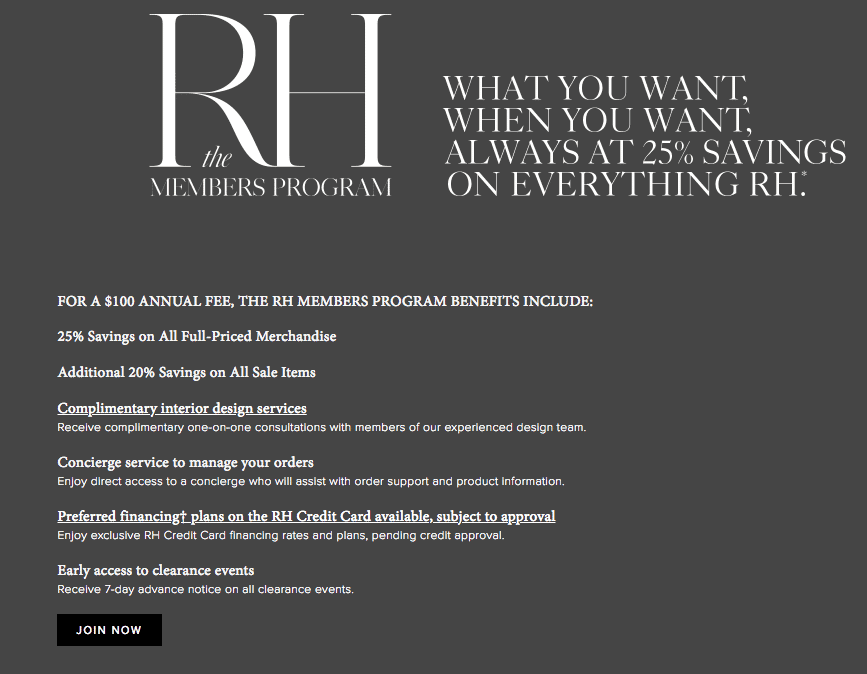Article
Zappos Embraces Content‑Plus‑Commerce, While Paid Loyalty Programs Multiply
March 5, 2018

How do you engage readers and shoppers? Zappos launched a commerce-plus-content effort, and more retailers turn to paid loyalty programs. A new study from Tow Center for Digital Journalism gives further insights into publishers’ efforts to reduce their reliance on ad revenue and instead win support from a base of highly engaged subscribers.
Zappos Pursues Content-Plus-Commerce with Zappos Running
Zappos is the latest large retailer to embrace the content-plus-commerce concept of customer engagement, launching Zappos Running in October. “What prompted the initiative was to capture our customers’ share of attention versus that of share of wallet,” said Joe Grusman, Zappos’ director of marketing. “We have the opportunity to truly engage in a meaningful way with our running customers.”
In addition to content featuring runners and expert tips from trainers, Zappos Running provides product recommendations. Zappos is also piloting a service called Run-On-One, through which customers receive motivational phone calls from the company’s loyalty team. The brand targeted site visitors with a Run-On-One ad, quickly filling up its 100 slots.
Zappos sorts site content by abilities and goals. Beginners see content about getting going, while more intermediate runners can find inspirational content created in partnership with Refinery29. For example, a guide on when to replace one’s running shoes, which is, of course, shoppable.
When Paid Loyalty Programs Make Sense: Not Just Amazon Prime
Brand spending on loyalty programs is anticipated to grow at an annual compounded rate of 21%, reports Business of Fashion. Yet, despite this spending — maybe as much as $6.95 billion by 2023 — only 42% of loyalty program members are actively engaged.
The solution may be somewhat counter-intuitive. Taking a page from Amazon Prime, retailers are now looking to have customers pay for their perks.
It’s not a crazy idea. Research by loyalty marketing services firm Loyalty One showed that 62% of consumers would consider paying for their favorite retailer’s rewards program. Millennials are particularly open to the idea; three-quarters would pay to belong.
Some brands are already going this route. Sephora charges a $10 annual fee for unlimited free shipping, while GameStop has optional fees for access to discounts and benefits. Restoration Hardware also charges $100 for various perks; by the end of 2017, the brand’s 380,000 members drove 95% of its sales.

Prime’s huge effects on customer retention proves that a carefully curated ecosystem of value, service, and content works. Data from Consumer Intelligence Research Partners shows that 91% of first-year paid subscribers renew for a second year. Even more (96%) of second-year paid subscribers renew for a third year.
This success highlights paid programs’ potential to shift the retailer-to-consumer relationship beyond a single card in a stuffed wallet.
Tow Study: Strong Reader Engagement Key to Survival of News Media
Reader engagement has become increasingly relevant to publishers as massive technical and economic changes rock the news business across the globe. The Tow Center for Digital Journalism explored this, surveying more than 100 newsroom managers, reporters and readers. The center found that sustainable business models for news are dependent on “direct audience revenue supported by high levels of reader engagement.”
The report highlights email newsletters as one of digital publishers’ most powerful engagement and revenue-generating tools. Readers’ behavioral data provides a foundation for personalization and eventually, deeper engagement.
“What stories they have read on the site already may allow you to push complementary stories to readers via email, creating a nice loop,” said study participant Elizabeth Goodridge, The New York Times’ editor for newsletters and messaging.
Learn more about Marigold Engage by Sailthru’s personalization platform and how you can improve customer engagement through personalization.
The State of Brand Loyalty in the U.S. in 2023
Related



